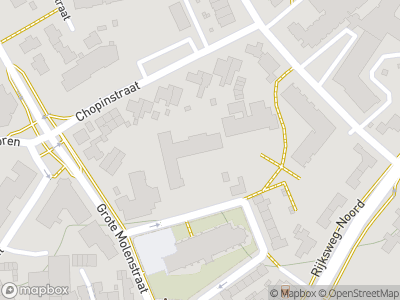The ground on which the Grote Kerk was built has been a sacred place for centuries. Before the Romans arrived, it served as an open-air place of worship for the Batavians. Then, in the name of civilisation, the Romans built a stone temple for the Batavians in the first half of the first century.
The temple measured 11.5 x 8.5 metres and was replaced by a larger one measuring 31 x 23 metres around 100 AD, by order of emperor Trajan. This made it one of the largest Gallo-Roman temples north of the Alps. The temple had a high central sanctuary, or cella, within a gallery. Unlike most Gallo-Roman temples, the sanctuary in Elst was rectangular and built on a platform, more similar to a ‘classical’ Roman temple. Scientists have interpreted this as a political-religious act, as the Batavians were on good terms with the Romans and often regarded as ‘more Roman’ than other tribes.
Building materials
The Romans used limestone and tuff rock to construct the temple. Soldiers of the Tenth Nijmegen Legion cut limestone from quarries near Metz in Northern France and the tuff came from the volcanic Eiffel region. The foundation of the cella sat on hundreds of oak piles. The temple was over 15 metres high and was visible for miles, just like the present Grote Kerk is now. The sanctuary stood in the middle of a walled area of 70 x 83 metres, the temenos. This was the meeting place for people and gods.
People made offerings at the sacrificial altar situated at the entrance of the temple. The remains of animals and other offerings have been found in a number of pits on the site silent witnesses to ceremonies that took place here. In the 3rd century the temple fell into disuse and the remains of the temple remained visible until the 8th century.
“
















